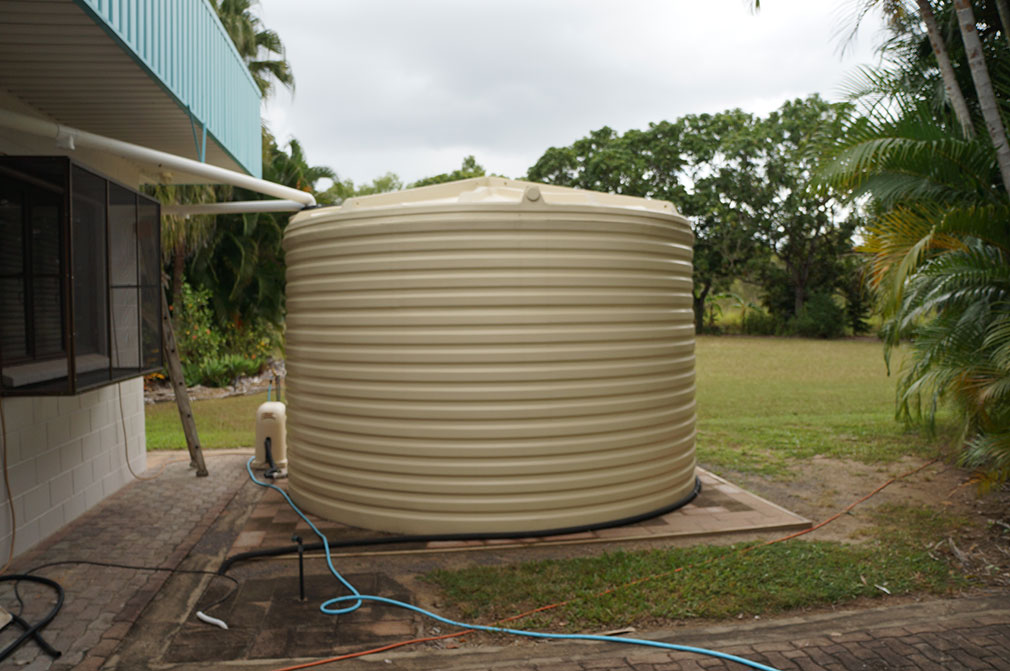Rain Water Harvesting

Despite the earth being 75% water, most of the water is not fit for human use. Much of the water is in the seas and oceans which is not good for drinking. As a consequence, there is a shortage of quality drinking water and water for other home uses. A solution to this problem is rainwater harvesting. In places where there is plenty of rain, people have adopted the culture of harvesting rainwater to serve different purposes.
1. Drinking-Water
Rainwater is suitable for drinking in homes provided you take the necessary measures to ensure that it does not contain impurities. You can do this by having the right type of roof and also setting up a proper collection system. Before you consume the water filtration is important. Water filtration systems aim to get rid of any debris in the water.
2. It is an Easy Process
Harvesting rainwater does not require any skills; it is something that anybody can do. Rainwater collection systems are simple to install and use even for the most unskilled and inexperienced individual. It is easy to install and operate the collection system than it is to maintain a pumping or purifying system.
3. Reduced Water Bills
When you have plenty of harvested water, you reduce your consumption from the utility company. The reduced consumption translates to reduced bills. When industries use harvested water, they do not have to compete with other consumers especially in areas where water is scarce. Water for industrial use is therefore available without any concern over depletion of water sources or rationing of the resource.
4. Used for Irrigation
Rainwater is suitable for irrigation purposes as it does not contain impurities that could affect crops. You do not have to build new infrastructure to harvest the water; the rooftop will act as a catchment area. In areas that experience bush and forest fires, water harvesting plays a great role in supplying a reserve to deal with the situation.
5. Less Demand for Ground Water
When most people harvest water from the rain, there is less demand for groundwater that people extract to meet their daily water needs. This will enable the conservation of underground water resources.
6. Less Soil Erosion and Floods
Rainwater can be harmful to the environment. It washes down topsoil as it flows and pooling of the water can cause calamitous floods. It can also contaminate fish ponds and lakes if the run-off carries fertilizer and pesticides on its way. Rainwater harvesting reduces water run-off and splash erosion. Moreover, collection prevents pooling of water.
When thinking of a water tank to harvest the water, consider the size of your tank and the location of installation. When you identify the location, inquire if you need any legal permits to install the tank. You can also consult a plumber to advise you about the installation process and the cost implications. There are several types of tank available in the market, choose one that fits your budget and your space. The rainwater tanks direct you install should meet all your needs and serve its functions efficiently.
Read Also:





